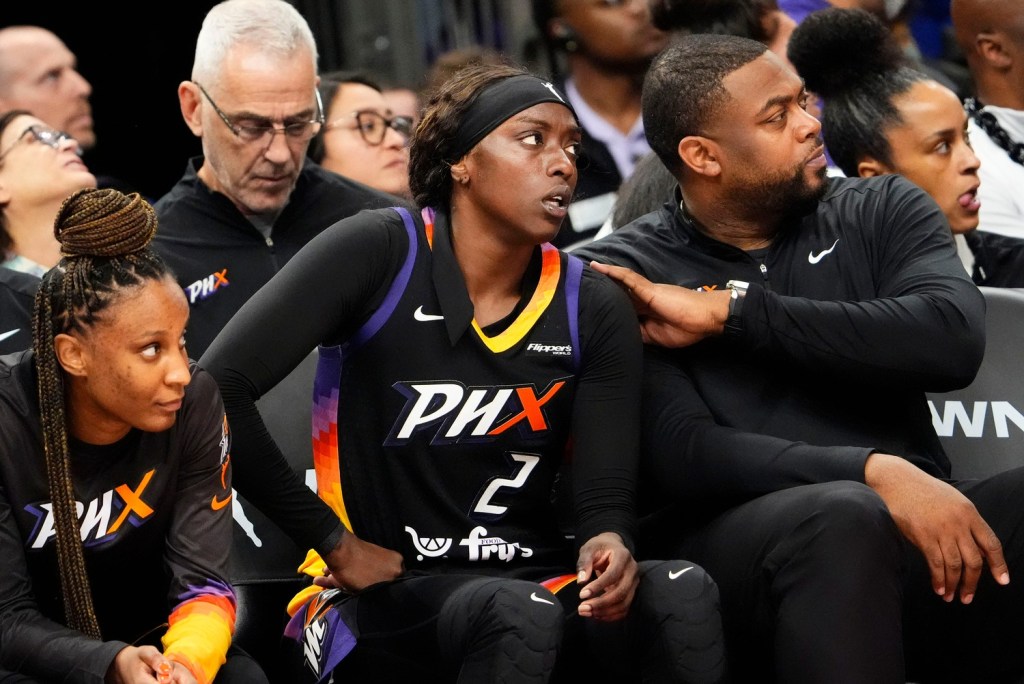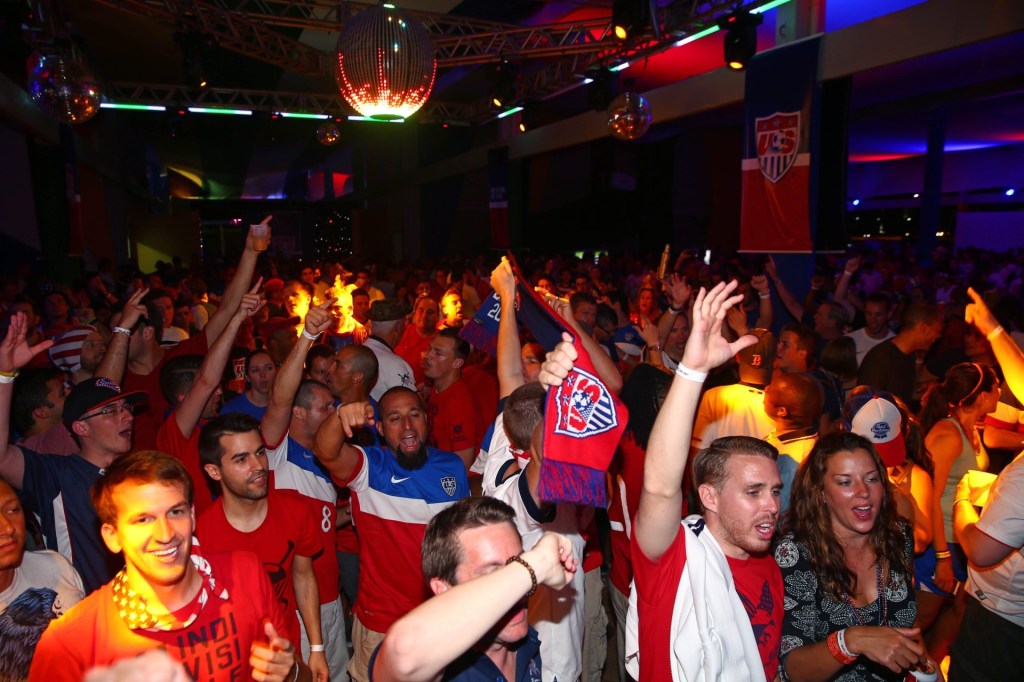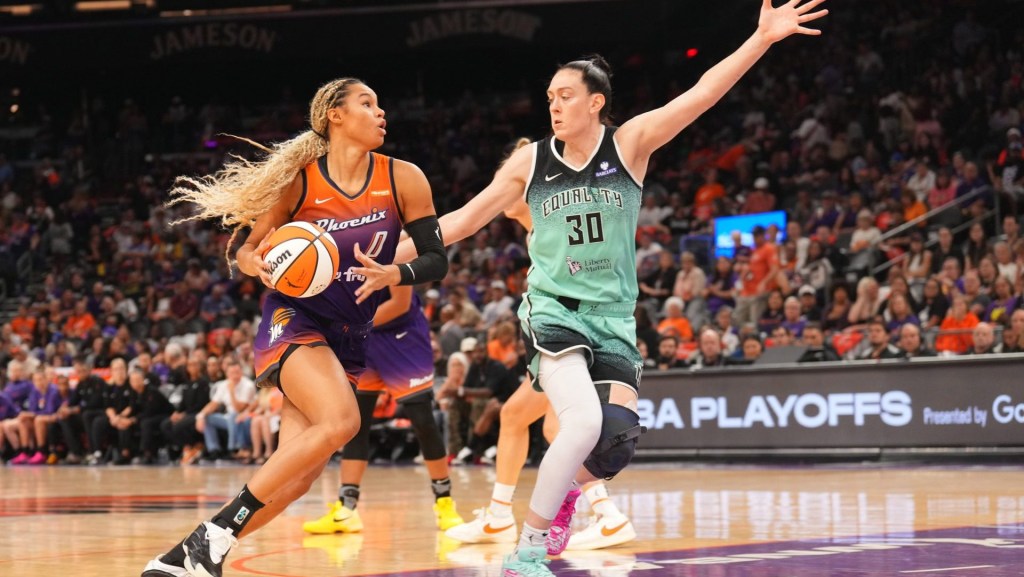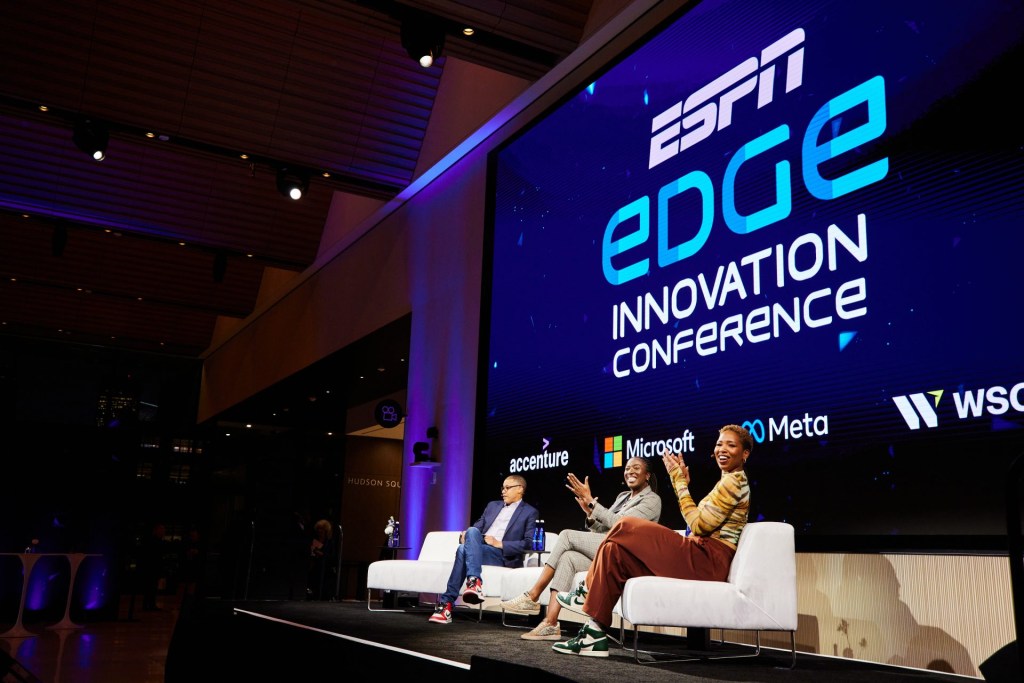In just the last 12 months, historic salary thresholds in Major League Baseball have moved from the impossible to the improbable to reality. So it now appears increasingly inevitable that MLB will have a $1 billion player in the sport—and perhaps somewhat soon.
This past week saw the record-setting 15-year deal between the Mets and free-agent outfielder Juan Soto worth a whopping $765 million. The agreement beat by nearly 10% Shohei Ohtani’s 10-year, $700 million pact from just a year ago in total value, and at the time, that pact obliterated all prior records. In less than six years, the top end for a player contract has grown by nearly $340 million and about 80%, and it was only in 2012 when an entire MLB team garnered $1 billion on the open market.
What’s more, Mets owner Steve Cohen has professed a clear acceptance of moving well beyond his comfort zone to acquire top talent—precisely the kind of mindset that an estimated net worth of more than $21 billion enables. Deferred payments embraced by many teams, particularly the Dodgers, also help with the rise in compensation.
“If you want something amazing, it’s going to be uncomfortable. It’s never going to be comfortable,” Cohen said. “So I always stretch [financially].”
As a result, chatter inside the game is quickly growing and a $1 billion player deal is poised to arrive in the not-too-distant future. Such talk is rising in the NBA, too, where top-end deals for basketball’s megastars are also growing at an accelerating rate.
Who Can It Be Now?
As the parlor game begins over who and when gets MLB’s first $1 billion deal, there is perhaps a meaningful clue on the timing. Commissioner Rob Manfred is looking to fundamentally retool the league’s media strategy to have a broad batch of both national and local rights available in 2028 when current deals with ESPN, Fox, and TNT Sports expire. Once that is resolved, team owners will have better clarity on future revenues.
By that point, MLB will also have gone through another round of labor negotiations with the MLB Players Association, and a clearer road map should also exist on the sport’s economic framework for at least the back end of this decade. Given the salary escalation just in the last year, though, some owners also may not want to wait on those developments—just as Cohen clearly didn’t in a deal with Soto stretching through 2039.
On the player front, there is a growing crop of young stars not yet eligible for free agency that will almost certainly command big dollars once they do get the ability to select their next team, and perhaps could be the first to get a $1 billion contract. Among them are Reds shortstop Elly De La Cruz, Orioles shortstop Gunnar Henderson, and Blue Jays first baseman Vladimir Guerrero Jr.
None of those players, however, had the career head start that Soto did, who reached the big leagues at 19 and became a free agent just days after his 26th birthday—earlier than nearly all other MLB players.

















